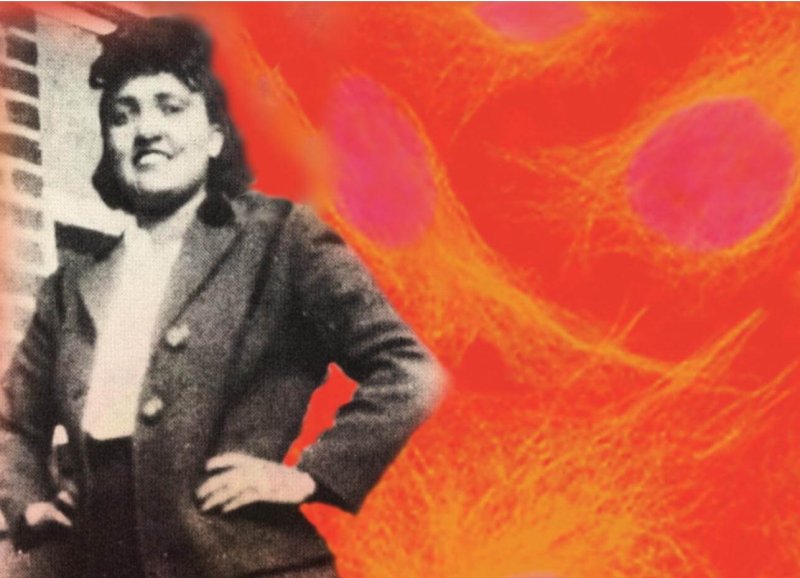Last week, scientists published the genetic sequence of HeLa cells, an immortal line of cervical tumor cells originally taken (without permission) from a patient named Henrietta Lacks in 1951. The cells are widely used in medical research, and the scientists had hoped to get a closer look at the bizarre genetic alterations that the HeLa cells developed over time.
However, the sequence had been published without permission of Lacks’ descendants who share some of that genetic information, science journalist Rebecca Skloot pointed out in the New York Times. The scientists eventually apologized and removed the sequence information, but not before kicking up a slew of unsettled ethical questions surrounding genome sequencing and privacy. Says Skloot:
The Lackses’ experiences over the last 60 years foretold nearly every major ethical issue raised by research on human tissues and genetic material. Now they’re raising a new round of ethical questions for science: though their consent is not (yet) required for publishing private genetic information from HeLa, should it be? Should we require consent before anyone’s genome is sequenced and published? And what control should gene-sharing family members have?
Read the full post here: The Immortal Life of Henrietta Lacks, the Sequel
Further Reading:
-
Privacy Flap Forces Withdrawal of DNA Data on Cancer Cell Line. Science Insider.
- Henrietta Lacks’s genome sequence has been publicly available for years. Genomes Unzipped.































